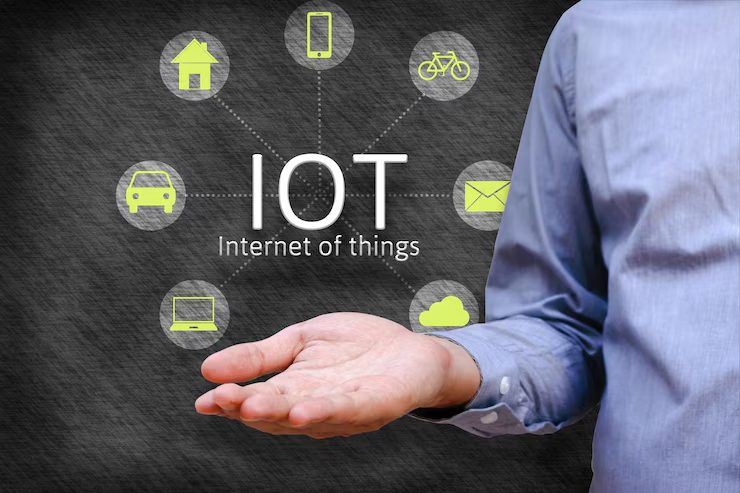In the ever-evolving world of technology, edge computing is emerging as a pivotal player in enhancing the Internet of Things (IoT). As IoT devices proliferate, from smart home gadgets to industrial sensors, the need for faster and more efficient data processing has never been greater. Enter edge computing—a game-changer that’s revolutionizing how we manage and utilize data in the age of connected devices. Let’s dive into how edge computing is supercharging IoT and why it’s capturing so much buzz.
What is Edge Computing?
To grasp the impact of edge computing, it’s essential to understand what it entails. Edge computing involves processing data closer to where it’s generated, rather than sending it to a centralized data center or cloud. This decentralization helps in reducing latency, improving speed, and enhancing overall efficiency.
For example, imagine a smart factory where sensors monitor machinery performance in real time. With edge computing, data from these sensors can be analyzed on-site, leading to immediate insights and faster decision-making. This is a significant upgrade from the traditional model where data would travel to a distant cloud server, potentially causing delays and inefficiencies.
Enhancing IoT Performance with Edge Computing
The synergy between edge computing and IoT is proving to be a powerhouse for improving performance and capabilities. Here’s how:
Lower Latency: A major advantage of edge computing is its capacity to significantly reduce latency. By processing data locally, IoT devices can deliver real-time responses. This is crucial for applications like autonomous vehicles or industrial automation, where even a slight delay can have significant repercussions.
Bandwidth Efficiency: IoT devices generate enormous amounts of data. Sending all this data to the cloud can strain network bandwidth. Edge computing alleviates this by performing preliminary data analysis locally, only sending essential information to the cloud. This reduces the data load on networks and enhances overall system performance.
Enhanced Security: Security is a major concern for IoT. With edge computing, sensitive data can be processed and stored closer to its source, reducing the risk of interception during transmission. This localized approach also helps in implementing more robust security protocols tailored to specific needs.
The Impact on Various Industries
The adoption of edge computing is transforming multiple industries, leveraging its strengths to enhance IoT applications:
Healthcare: In healthcare, edge computing allows for real-time patient monitoring and immediate data analysis. Wearable devices can process health data on the spot, providing doctors with timely insights and enabling proactive medical interventions.
Manufacturing: For manufacturing, edge computing facilitates predictive maintenance and process optimization. Sensors on equipment can analyze performance data in real-time, predicting failures before they occur and reducing downtime.
Smart Cities: In smart cities, edge computing supports traffic management, environmental monitoring, and public safety. Data from various sensors is processed locally, enabling quicker responses to issues like traffic congestion or air quality changes.
Future Prospects
The future of edge computing in IoT looks bright. As the number of connected devices grows, the need for efficient data processing will continue to rise. Innovations in edge computing technology, such as advanced AI algorithms and more powerful edge devices, are set to drive even greater enhancements in IoT applications.
According to a report by MarketsandMarkets, the edge computing market is expected to reach $43.4 billion by 2027, growing at a CAGR of 32.6% from 2022. This growth highlights the increasing recognition of edge computing as a critical component in the IoT ecosystem.
Conclusion
Edge computing is reshaping the landscape of IoT by addressing key challenges such as latency, bandwidth, and security. Its ability to process data closer to the source is driving efficiency and effectiveness in various industries, from healthcare to smart cities. As technology continues to evolve, the role of edge computing in enhancing IoT will only become more pronounced, paving the way for smarter, more responsive systems. In a world where speed and reliability are paramount, edge computing stands out as the unsung hero of the digital age.







